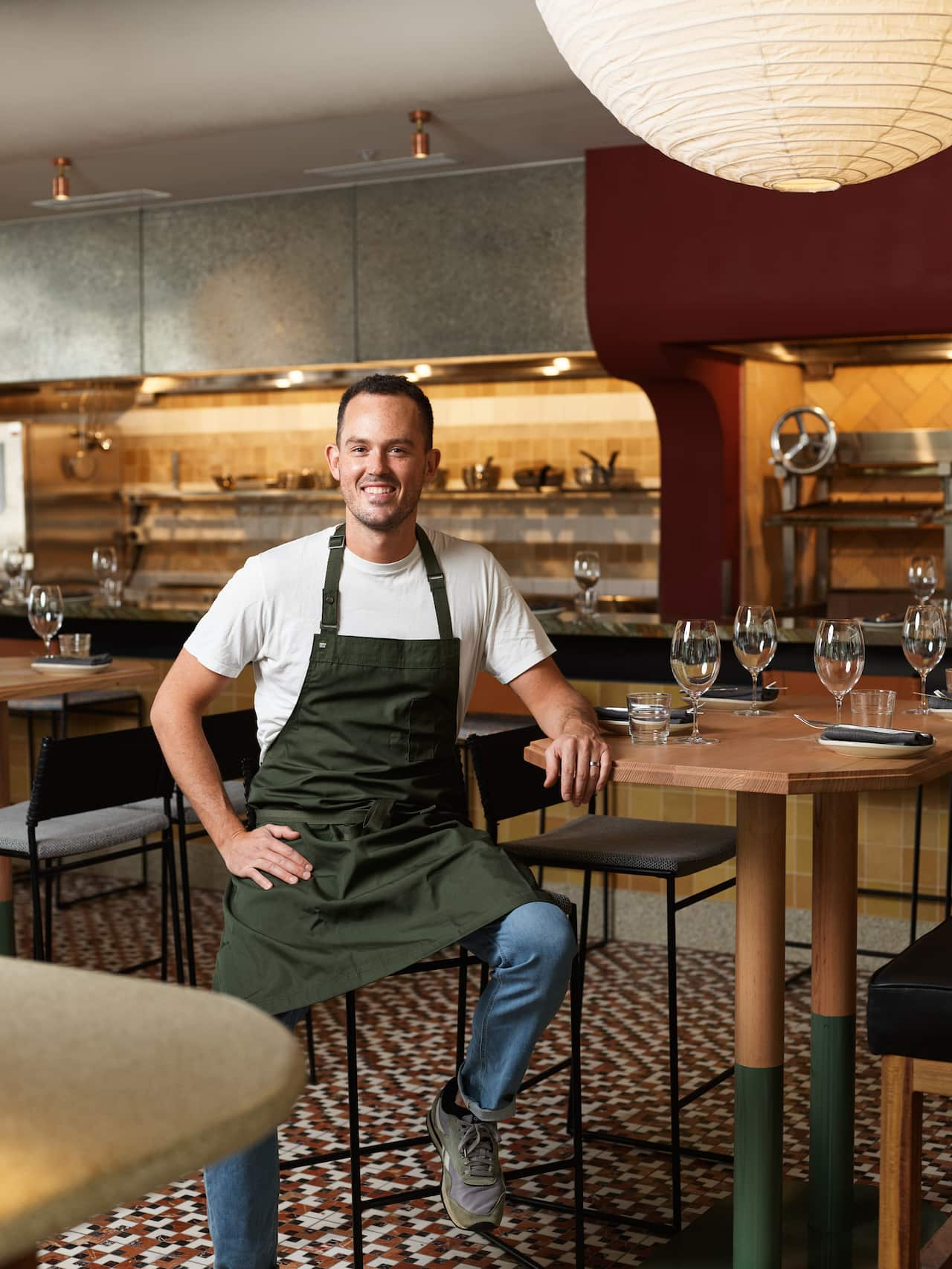Stream free On Demand

The Cook Up with Adam Liaw
series • cooking
PG
series • cooking
PG
Ceviche seems to be everywhere these days in Australian restaurant menus, no longer a summertime delicacy but rather, enjoyed all-year-round. A staple of cuisine, it is widely accepted that this nearly 2,000-year-old dish originated in .
First, let's address – what exactly is ceviche? Hailing from the coastal regions of Peru, essentially ceviche means raw fish “cooked” in the juices of a citrus-forward marinade. The acidity of the citrus, typically lime, acts in a similar way to heat when it merges with a fish protein. The result is an cooked fish that appears opaque, that becomes flavoured with a creamy, tangy juice.
According to Peru-born Cillóniz, executive head chef of , “Peruvians grow up feeling quite passionate and proud of ceviche”
“It’s a dish that represents the cultural influences that have shaped Peru, from the Incas to the Spaniards, Chinese and Japanese. It also tells a beautiful story about and the roots of our country,” says the chef who makes a delicious version in Season 8 of

Peruvican chef Matias Cillóniz is passionate about ceviche. Credit: Steven Woodburn
If you're wondering how to make ceviche at home, who better to ask for ceviche tips than this passionate chef?
Perhaps the best thing about ceviche just how simple and accessible it is to make, while delivering oodles of flavour. It's a quick and healthy meal that everyone can make at home, with minimal skills and ease.
Cillóniz shares the four key steps to help you make the perfect fish ceviche in a flash.
1. Choose your fish carefully
“A classic ceviche recipe uses white fish that is not overly fatty that doesn’t have a lot of fibre, like, flathead or flounder,” says Cillóniz. “But, to be honest, the best fish to choose for ceviche is the freshest fish.”
The chef says the fish does not have to be sashimi-grade if you can’t afford or find it. “I suggest that home cooks go to the market and have fun. See what you can find and be playful in your kitchen.” These days, there are so many variations. There is , tuna ceviche and . “You just need to adapt your recipe to the kind of fresh fish that’s available for purchase.”
Cillóniz recommends considering the fattiness of the fish you’re using and tweaking the accordingly. “The fattier the fish, the more citrus and sweetness you need to cut through the fat.
“For example, if you want to use salmon, it's a fatty fish so you should add more citrus, coriander and chilli.”
2. Prepare your fish
A traditional ceviche always uses diced fish. “Before you cut your fresh fish, make sure it’s cold, dry and skin-less. Then, select a very sharp knife. Dice the fish anywhere between one and 2.5 cms thick. Clean your knife after each cut and continue dicing until you’re done."
3. Make the ‘tiger’s milk’ marinade
The other key component of ceviche is the marinade, also referred to as 'leche de tigre' or 'tiger's milk'. This marinade always contains citrus juice, usually lime, chillies, Spanish onions and fresh coriander (cilantro).
Here’s how to get the best from each component:
- Chilli: Break the chilli and brush it around the inside a bowl. Remove the chilli and then, proceed to make your marinade in the same bowl. By doing this, you will give the ceviche a chilli perfume and guarantee that the dish won't be too spicy.
- Lime: Cillóniz opts for fresh, sour limes that have bright green skin.
- Spanish onion: Always slice the Spanish onion and keep it in cold water, so it retains its crunch. Add it to the marinade at the very end so it doesn’t go soft.
- Coriander: Use chopped coriander stems for the marinade. Leave them in the marinade so they absorb all of the flavour. You can also add chopped leaves to both the marinade and finished ceviche as a garnish.
- Salt: Your objective, when making ceviche, is balance. It shouldn't be slap-in-your-face sour or salty. So use salt carefully to balance the flavour.
4. Chill and mix
When assembing the dish, “Get some cubes of ice and toss it through the fish so that it becomes very cold,” instructs the chef. “Let the ice melt a little bit and then remove the ice cubes.”

Credit: Jiwon Kim
“Ceviche is such a lovely meal,” he sums up. “It so vibrant and it’s quick to make if you get everything prepared beforehand. All you need to do is shake off your fear of doing something new and give it a try at home.”



